Whatever Floats Your...Orchestra
The evening of July 14, 1935 was a clear, perfect summer night at the Potomac River. The colors of the sunset gleamed off the water as the sun set over the Virginia hills. A cool breeze wafted over the shoreline and gently grazed the damp grass. On the river bank, just behind the Lincoln Memorial and parallel to the Arlington Memorial Bridge, 10,000 Washingtonians, dressed in flannel and gingham, sat on blankets and newspapers. Out on the water, hundreds of others dressed in bathing suits floated in canoes, eager to experience Washington’s newest summertime tradition: floating concerts by the National Symphony Orchestra.[1]
Yes, you read that right. The NSO was taking to the water, inaugurating a new “Sunset Symphony” series, wherein the orchestra would offer summertime performances on a 75 foot concert barge bobbing in the Potomac River.
Hans Kindler, founder and first music director of the NSO, stepped up to the podium and looked out.
“He saw people down there in front, in the reserved chairs. His eyes lifted and he saw people over the tiers of the stone steps. He looked to the left—clusters of them in whites and linens all but blocked out the greensward. High above on the right they lined the Arlington Bridge balustrade. The sight of which every symphony conductor dreams was his. People everywhere, as far as the eye could see—people who were listeners, there to hear his orchestra play.” [2] —The Washington Post
For this unbelievable sea of people, Kindler conducted the orchestra in Wagner’s Die Meistersinger, Franck’s D minor Symphony, Johann Strauss’s Voices of Spring Waltz and Perpetuum Mobile, Brahms’ Cradle Song, and finally, the grand finale of Tchaikovsky’s 1812 Overture complete with cannons.[3] The enormous crowd erupted in a rumble of bravos and clapping after every selection.
Afterwards, in a stifling room backstage on the barge, Kindler sat “wiping perspiration from his face, drinking water, beaming.” He remarked with pride:
“Four years ago they told me I was crazy. They said ‘It’s all right for you and me, Hans; we like music, but the people—poof! Now, look out there—10,000 of them—it’s marvelous.” [4]
As Kindler suggested, the successful Sunset Symphony series debut did not come about without some challenges. When the NSO was founded in 1931, money wasn’t available to finance summer symphony activities, and there wasn’t an outdoor location large enough to support the Symphony. Furthermore, disputes ensued between the Musicians’ Union and the orchestra directors.
By 1935 however, the National Symphony Orchestra Association had built a strong following and the orchestra directors pushed the idea of a summer series at their annual sustaining fund drive. After touring a series of National Capital Parks with the Parks superintendent C. Marshal Finnan, the directors decided that, with some out-of-the-box thinking, the Watergate Amphitheatre could be a marvelous location for the summer concerts. The Amphitheatre, which was constructed in 1932 as part of the Arlington Memorial Bridge project, was originally envisioned as a ceremonial entrance to Washington for dignitaries arriving by boat, but it was never used for this purpose.[5] As The Washington Post noted a few years later:
“The Watergate, unlike the other distinguished open air music places, was not made for concerts. The stone steps leading formally up from the Potomac’s shore to the Lincoln Memorial plaza were intended as an official approach by water to the Nation’s Capital. That they have become seating places for thousands of music listeners is purely an incidental, if happy result.” [6]
With the audience seating issue solved, directors needed a space for the orchestra itself. Space was tight… and so they looked offshore. A temporary band shell, commissioned specifically for the NSO by the National Capital Parks, was installed on the barge early in the summer of 1935, and “transformed [the barge] into something that looked like the quartered inside of a baseball cover, fitted into the side of a soapbox. The sides of the box were moulded and the whole thing, painted white, resembled marble in the moonlight.”[7]
To ensure that the orchestra’s quiet sound carried all the way from the barge in the water to the steps of the amphitheater, the Symphony association had a “system of sound amplifiers, which [would] disperse the music without distortion,” installed on the barge. After some “tests proved the amplifying apparatus to be entirely satisfactory,” the orchestra could be heard flawlessly from the water, to the top of the bridge, and up through the white stone steps of the Watergate.[8]
It took a lot of hard work and help, financial and otherwise, from the United States Navy, Federal relief agencies, and the musicians themselves, but the NSO finally had an outdoor summer home![9]
It was a big achievement. For the National Symphony as an entity, the Sunset Symphony series signaled a step forward on the orchestra’s path as a rising major orchestra. Indeed, more established American orchestras had already started offering informal summer concert seasons for their patrons, such as the program that the Philadelphia Symphony provided at Robin Hood Dell.
For the individual NSO musicians themselves, however, the floating barge concerts meant something even more basic: year round work – no small achievement considering the hardships of the Great Depression. As The Washington Post remarked, the summer concerts would “prevent the necessity of their driving taxis and selling silk hosiery to keep alive during the summer months.”[10]
Washingtonians paying between 25 cents and $1 could be assured a seat right on the steps of the Watergate, while thousands of others lined the water, bridge, and grass to listen for no charge at all; the advantage of outdoor space provided many who could not afford the time or money to see the symphony during its regular winter season at D.A.R. Constitution Hall with the opportunity to enjoy the music. The audience occasionally even included President Franklin Delano Roosevelt listening from the Presidential Car.
The crowds coming out to see Sunset Symphony concerts only increased with each new season. The National Symphony played concerts on the floating barge at the Watergate for six weeks every summer from 1935 until 1965, and concerts routinely attracted upwards of 15,000 people.
In 1965, National Airport started servicing commercial jet planes which created a consistent overhead rumble that was too loud and distracting for the outdoor concert series. It was then that the floating barge saw its last concert with the National Symphony, and the band shell was towed away from its Watergate Amphitheatre location.[11] Rumor has it that a couple trumpet players from the Symphony stood on the shore of the Potomac and played Taps as the barge was unmoored.
While other concerts would occasionally take place on shore after the removal of the barge, the National Symphony would not see itself in a permanent summer home again until the official opening of Wolf Trap in 1971. So even though the floating Watergate barge is a distant memory now, the NSO summer concert series continues on the firmly planted Wolf Trap stage. Washington’s classical music lovers can be thankful for that, although it’s still fun to think about an earlier generation saying, “Grab your canoe and let’s go to the symphony!”
Footnotes
- ^ Vore, Robert De. 1935. “Floating Symphony Orchestra Opens Summer Concerts Here.” The Washington Post (1923-1954); Washington, D.C., July 15, 1935. https://search.proquest.com/hnpwashingtonpost/docview/150658927/abstrac….
- ^ Walz, Jay. 1939. “The Watergate Opens for a New Season of ‘Sunset Symphonies’: Popular Concerts To Begin Wednesday.” The Washington Post (1923-1954); Washington, D.C., July 9, 1939, sec. EDITORIALS Book rReviews SPECIAL ARTICLES Poll Of Public Opinion. https://search.proquest.com/hnpwashingtonpost/docview/151153940/abstrac….
- ^ The Washington Post (1923-1954); Washington, D.C. 1935. “National Symphony Gives First Dusk Concert Today: Dr. Hans Kindler Will Conduct Sunset Concerts Near Memorial to Abraham Lincoln,” July 14, 1935, sec. Stage and Screen Music--Art Bridge and Radio Army-Navy--fads. https://search.proquest.com/hnpwashingtonpost/docview/150695695/abstrac….
- ^ Vore, Robert De. 1935. “Floating Symphony Orchestra Opens Summer Concerts Here.” The Washington Post (1923-1954); Washington, D.C., July 15, 1935. https://search.proquest.com/hnpwashingtonpost/docview/150658927/abstrac….
- ^ Although they share a name and are located very close to one another, the Watergate Amphitheatre predates the more famous Watergate Hotel complex by 35 years (http://www.washingtonpost.com/wp-dyn/articles/A60120-2004Dec12.html)
- ^ Walz, Jay. 1939. “The Watergate Opens for a New Season of ‘Sunset Symphonies’: Popular Concerts To Begin Wednesday.” The Washington Post (1923-1954); Washington, D.C., July 9, 1939, sec. EDITORIALS Book rReviews SPECIAL ARTICLES Poll Of Public Opinion. https://search.proquest.com/hnpwashingtonpost/docview/151153940/abstrac….
- ^ Ibid.
- ^ The Washington Post (1923-1954); Washington, D.C. 1935. “National Symphony Gives First Dusk Concert Today: Dr. Hans Kindler Will Conduct Sunset Concerts Near Memorial to Abraham Lincoln,” July 14, 1935, sec. Stage and Screen Music--Art Bridge and Radio Army-Navy--fads. https://search.proquest.com/hnpwashingtonpost/docview/150695695/abstrac….
- ^ Walz, Jay. 1939. “The Watergate Opens for a New Season of ‘Sunset Symphonies’: Popular Concerts To Begin Wednesday.” The Washington Post (1923-1954); Washington, D.C., July 9, 1939, sec. EDITORIALS Book rReviews SPECIAL ARTICLES Poll Of Public Opinion. https://search.proquest.com/hnpwashingtonpost/docview/151153940/abstrac….
- ^ The Washington Post (1923-1954); Washington, D.C. 1935. “District News: Outdoor Symphony,” March 10, 1935, sec. Specials Articles Editorials News Review Books Science. https://search.proquest.com/hnpwashingtonpost/docview/150720308/citatio….
- ^ Video: Bygone DC | Watch WETA Documentaries Online | WETA Video. 2017. http://watch.weta.org/video/3005381688.


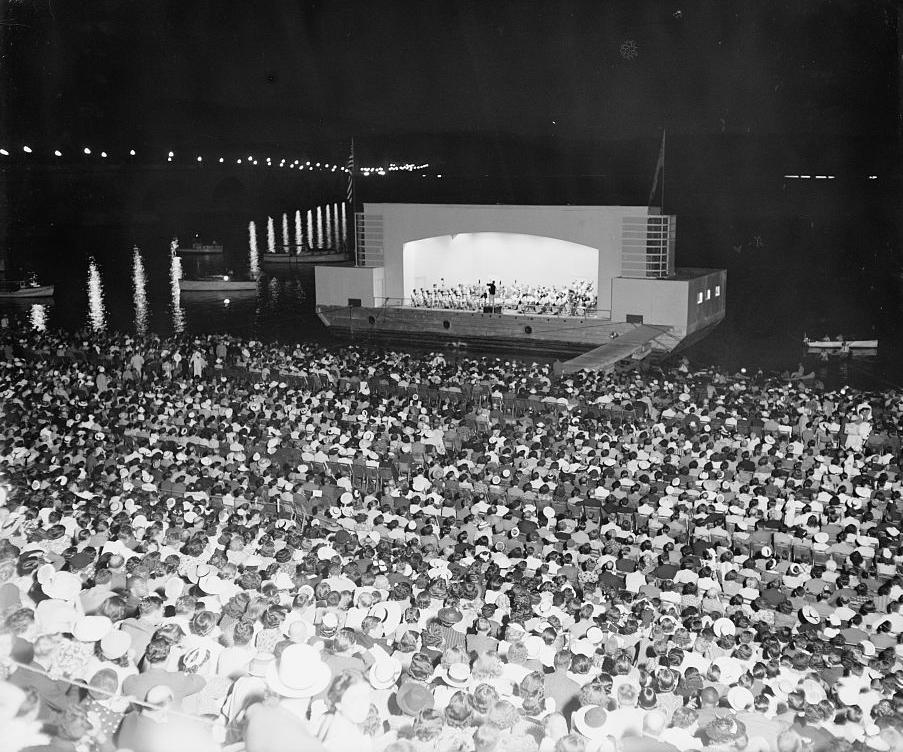
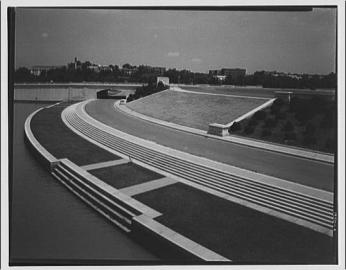
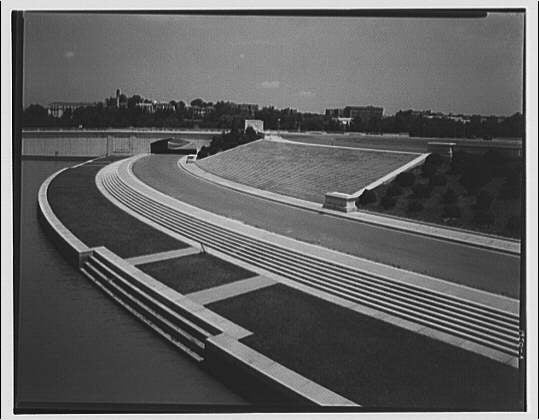
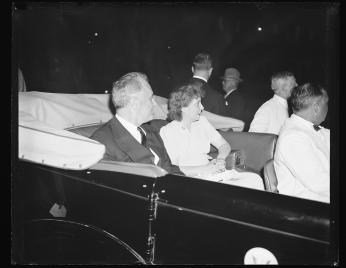
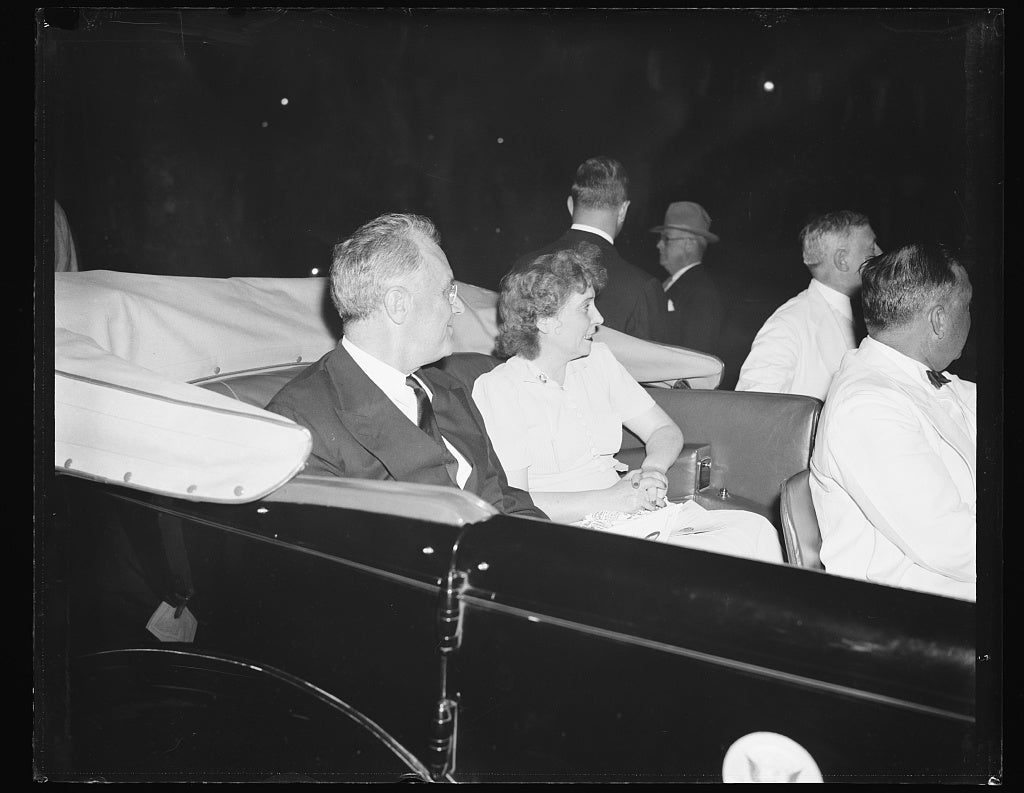

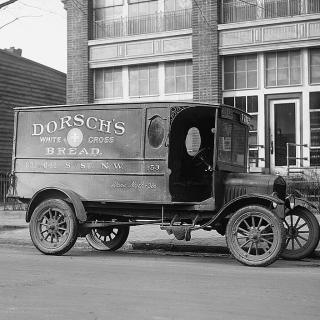
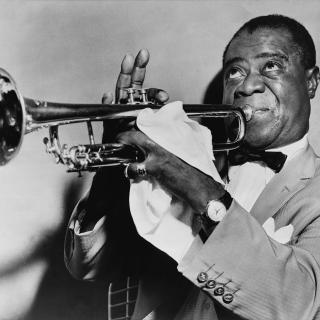
![Sketch of the mythical fuan by Pearson Scott Foresman. [Source: Wikipedia]](/sites/default/files/styles/crop_320x320/public/2023-10/Goatman_Wikipedia_Faun_2_%28PSF%29.png?h=64a074ff&itok=C9Qh-PE1)











